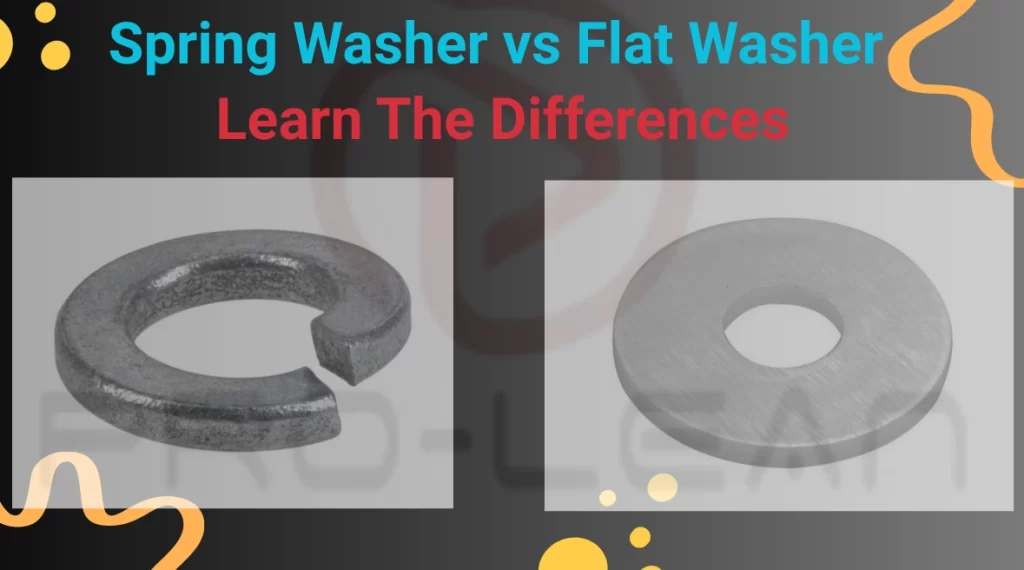
Spring washer vs flat washer
They may be small and simple, but washers work in tandem with fasteners to play important functions in mechanical assemblies – seal protection, alignment, vibration management, load distribution, and more. As a sign of versatility, there are different kinds of washers, two main ones being spring washer and flat washer.
As the names imply, these components are different in design and function, but none can be considered superior to the other. Both have their suitabilities and shortcominings. While the spring washer is preferred primarily for axial load, the flat washer is ideal for spacing and weight distribution.
With different washer materials such as stainless steel, brass, and plastic available, users are never short of options that align with project objectives. If you are confused which washer to take between spring washer vs flat washer, ProleanTech can help.
While at it, read this insighful article comparing the two versions, focusing on their definitions, advantages, disadvantages, and applications, with a comparison table included.
What Is The Function Of A Washer?
Before delving into the two different kinds of washers, why not revisit the washer and its relevance. A washer is a small circular disc of any suitable material that has a hole in the middle. Its primary function is to distribute load or weight over a large area, but the specific function could differ based on the waser type or design.
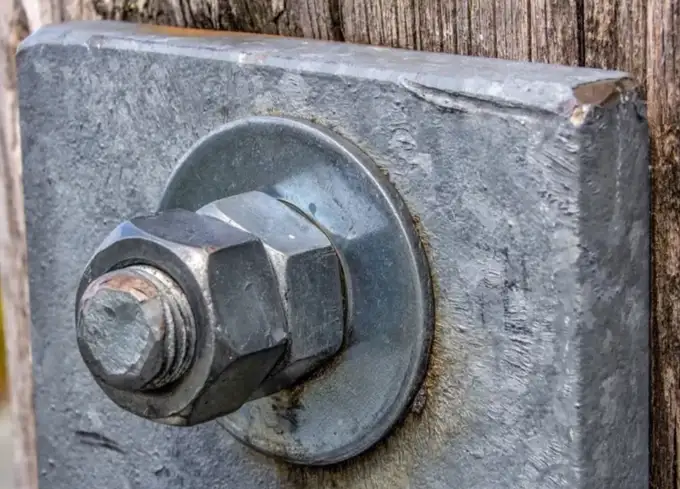
A washer and fastener
There are so many types of washers as there are functions for sheet metal fabrication services. You could use a washer to do the following in an assembly:
- Prevent corrosion
- Distribute load/weight
- Protect a seal
- Ensure correct alignment
- Absorb vibrations
These capabilities mostly depend on the type of washer you are using. Apart from spring washer and flat washer, other prominent types are lock washers, keyed washers, and O-rings. Keep visiting our site; we will cover these in an upcoming article.
What Is A Spring Washer?
A spring washer is a special type of assembly component used in conjunction with fasteners to deliver axial load. It is commonly recognized for its capability to prevent or minimize movements emanating from thermal expansion and vibration forces in a mechanical assembly.
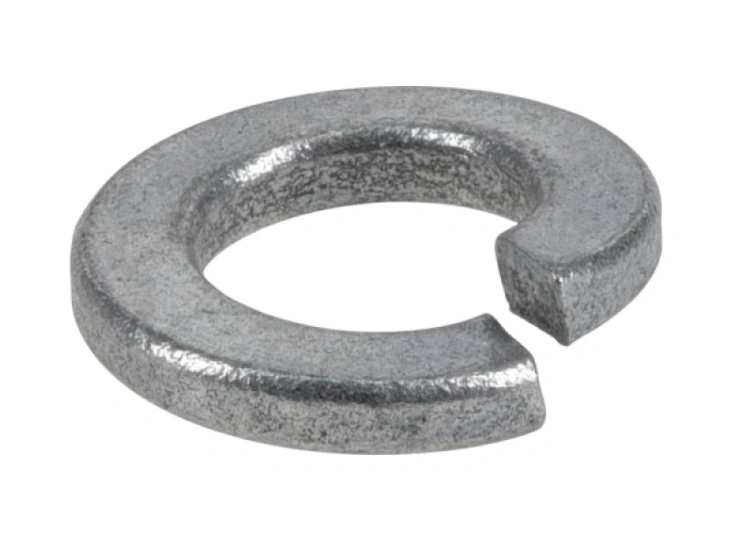
Spring washer
A spring washer is critical in components or assembly that need a certain level of flexibility during operation. Think of functions in areas such as an aircraft’s landing gear and flight controls that have an actuator.
Uses Of A Spring Washer
Spring washers are popularly used in assemblies where heat cycling, movement, and shock are common. For professionals specifying components for machinery, automotive, and other relevant fields, identifying use cases such as the ones listed below can be helpful.
- Plumbing applications
- Woodworking
- Bicycle assembly
- Concrete anchoring systems
- General assemblies
Types of Spring Washers
There are several types of spring washers, from dome spring to wave, and Belleville to Crescent. Each of these has the professionally recommended fastening approach and applicable mechanical stresses.
Read on to discover which type suits your CNC machined part assemblies.
Dome Spring Washer
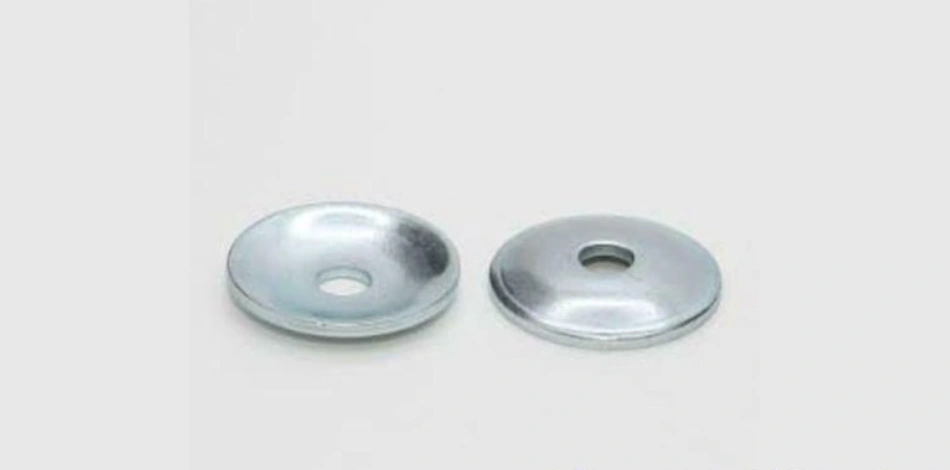
Dome spring washer
The main function of this design is to combine load capacities while minimizing deflection. Its capacity to absorb vibrations is unmatched.
Finger Spring Washer
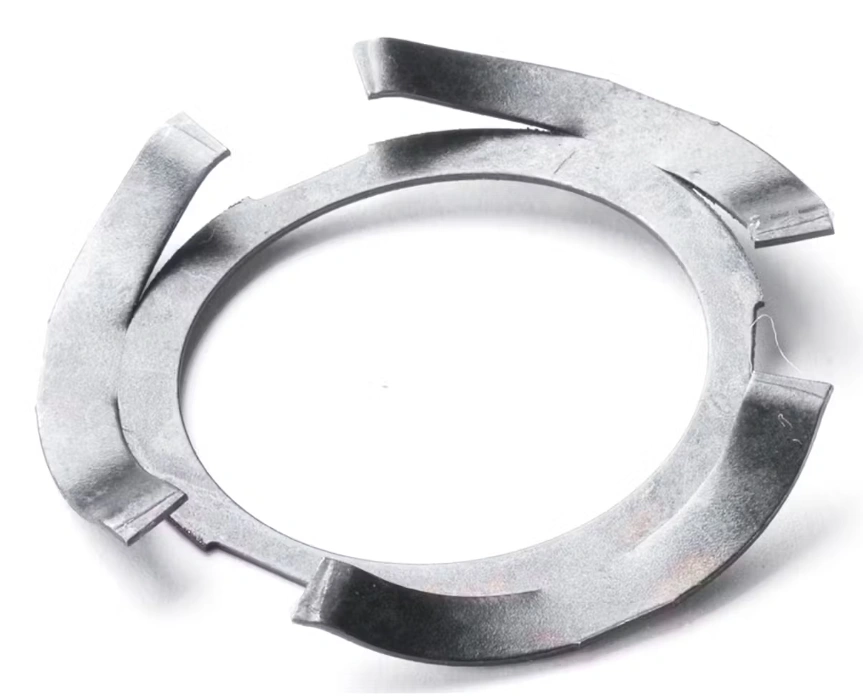
Finger spring washer
This spring washer design is synonymous with its trio of curved flanges. Its functions in an assembly are minimizing rotational noise, minimizining skid wear, and reducing vibration.
Wave Spring Washer
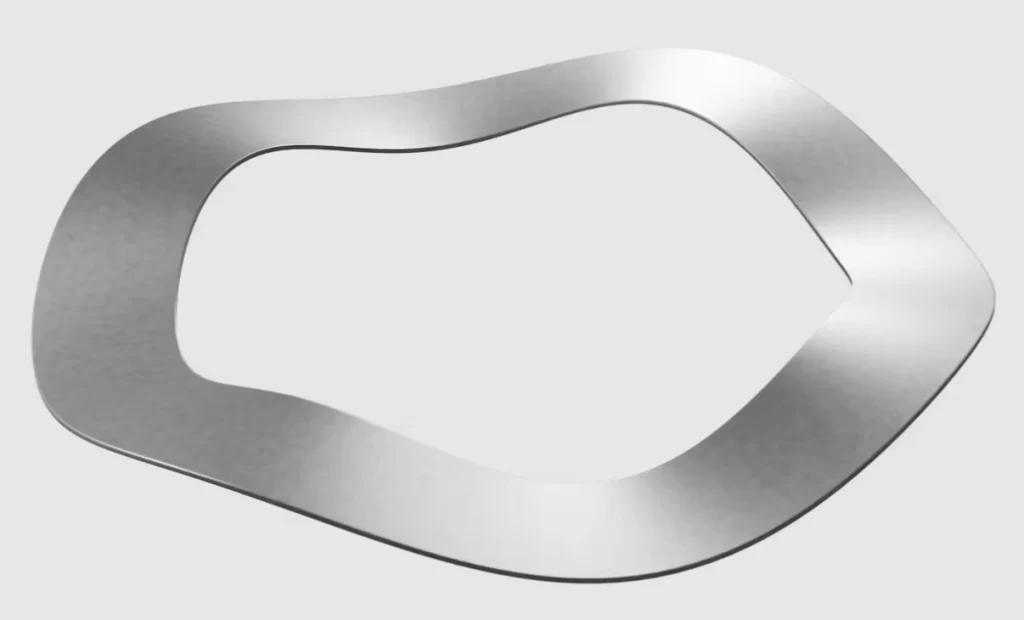
Wave spring washer
The wave spring washer is curved in two directions, mainly to enhance spacing and cushioning. You can use it to minimize wear between surfaces and support a degree of weight.
Belleville Spring Washer
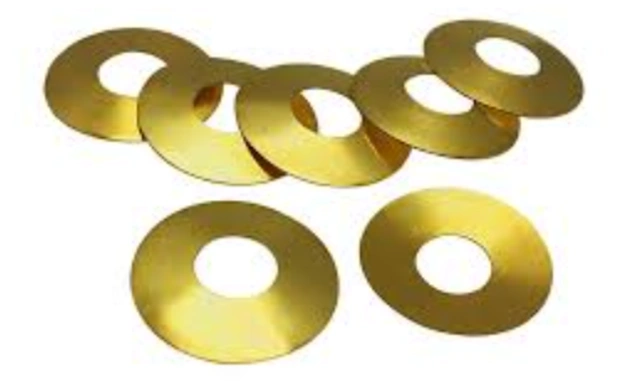
Bellevile spring washers
This spring washer is conical, hence good at maintaining tension in assemblies with thermal contraction and expansion. The washer deflects minimally, but can support very heavy loads.
Crescent Spring Washer
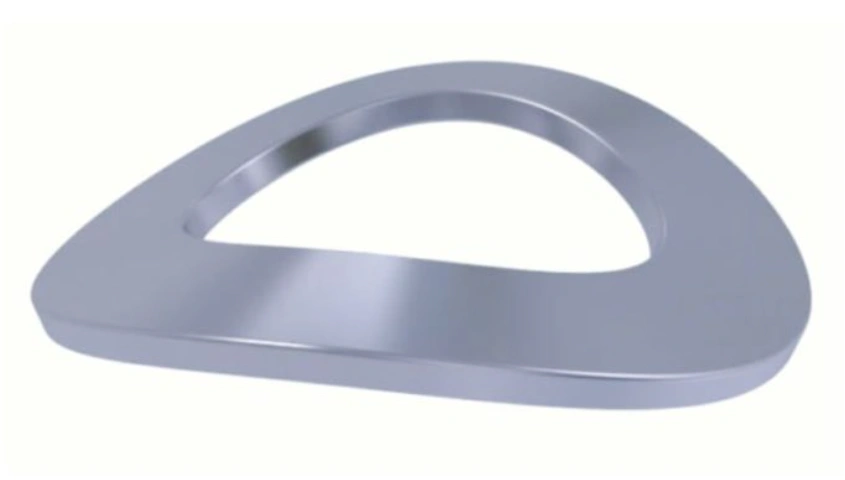
Crescent spring washer
The crescent or curved spring washer is curved, mainly for flexibility. It can support light weights.
Try Prolean Now!
What Are The Benefits Of A Spring Washer?
The listed different kinds of washers above offer diverse advantages in projects including tension maintenance and vibration resistance. Let’s see how these advantages apply and come in.
-
Tension Maintenance
As we have noted in several of the design options, spring washers are designed to maintain tension in assemblies. This component comes in handy where vibrations and other operational forces can cause self-loosening of fasteners.
-
Vibration Resistance
Spring washers are widely used in vibration-prone mechanisms to minimize the effects of these forces, which extend beyond fastener self-loosening. This feature enhances the reliability of automotives, locomotives, and many others.
Disadvantages Of Using A Spring Washer
Like any other mechanical device, the spring washer has some not-so-ideal situations where it may portray disadvantages. Here are the most common instances:
-
Poor load distribution
Whle good at tension maintenance and vibration control, spring washers aren’t so good in load distribution. Compared to flat washers, these devices are unsuitable for load distribution as a priority function.
-
Inadequate material protection
Another area the spring washer is inadequate is in protecting the material around the fastener. This is understandable because the core function is to maintain tension.
What Is A Flat Washer?
A flat washer is a flat disc with a hole at the center that works in conjunction with a fastener. This sounds like a simple design, which is true, but the functions and reliability of the flat washer are resounding.
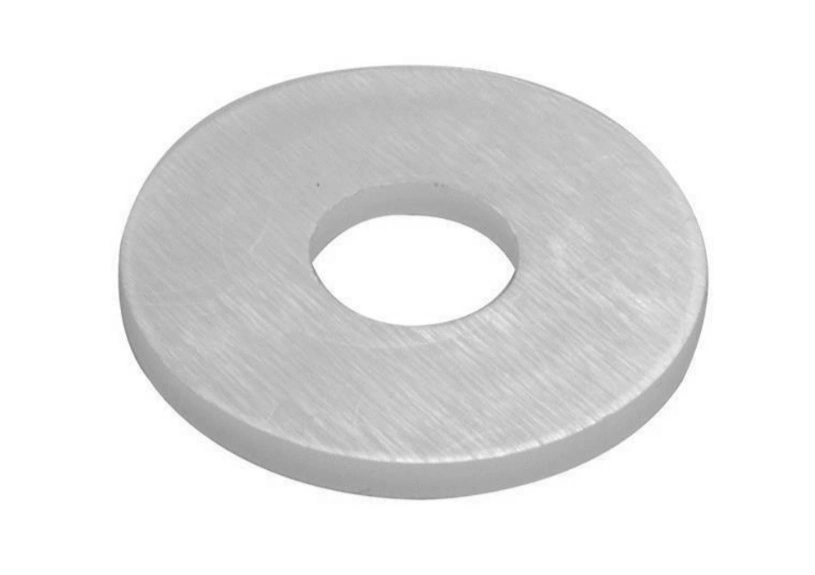
Flat washer
From the appearance, the flat washer sits between the fastener’s head and the surface of the component being fastened. However, its function is more than just creating a buffer. This device is excellent at distributing the load around evenly.
Flat washers can be manufactured from various materials. Common ones are metals such as stainless steel and brass. Nonmetals such as plastic are also applicable.
Uses Of A Flat Washer
If you want a washer that can accommodate tight tolerances and minimize surface stress, the flat washer is a strong option. Engineers and other users in the following related use cases find the CNC machined flat washers very relevant and valuable.
-
Automotive Industry
The load distribution and surface protection capabilities of the flat washer are critical in the automotive industry. They are also widely used to enhance friction in some assemblies. Stainless steel, plastic, and brass materials are commonly used for these functions.
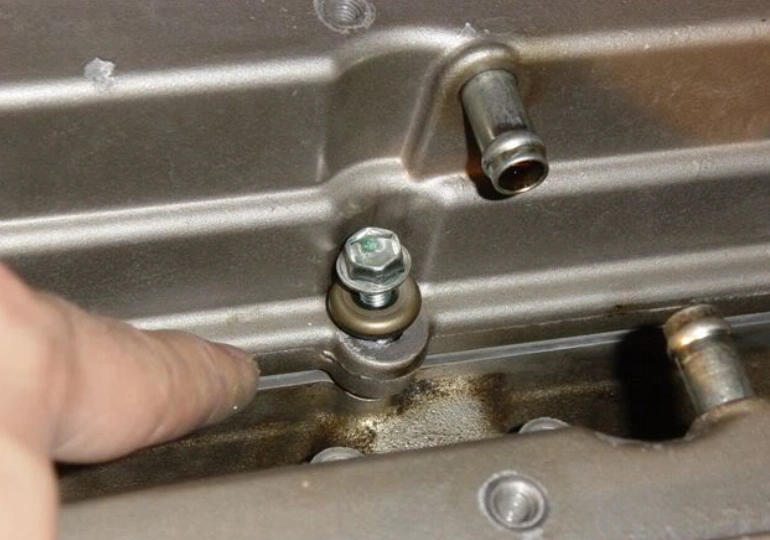
Washer in automotive
-
Aerospace Industry
The aerospace industry has many assemblies that require proper load distribution, hence the relevance of these washers. Usually, the flat washers used for this industry are custom CNC machined to fit the unique standards and requirements.
Try Prolean Now!
Types Of Flat Washers
A quick sample of the flat washers in the market shows different materials and sizes, among other variations. On materials, there are options such as stainless steel, plastic, and brass. The main types of flat washers are plain flat washers and fender washers.
You can request for custom-machined flat washers to adhere to your unique project specifications.
Plain flat washers
Basic and smooth, the plain flat washer is one of the most common in mechanical assemblies. It is very effective in load distribution.
Fender flat washers
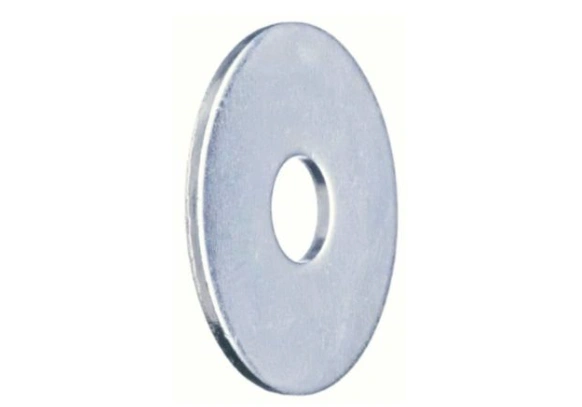
Fender flat washer
These washers have a significantly larger outer diameter to enhance load distribution.
Advantages Of A Flat Washer
The capability of the flat washer to distribute forces evenly and protect a surface is essential for numerous applications. We’ll look at the advantages in more detail.
Protecting the surface
One of the flat washer’s functions is to protect the surface. It can be used on a variety of materials to provide a buffer between the fastener and the other surface and prevent damage.
Even weight distribution
This washer is designed for even distribution of clamping force around the fastener. This is critical for joint integrity and overall reliabilty of the assembly.
What Are The Disadvantages Of A Flat Washer?
Other than force distribution, the mechanical support of the flat washer is scanty. This, plus the inability to manage vibrations in an assembly, is a notable undoing of the flat washer.
Poor Mechanical Support
Unlike the spring washer, the flat washer is relatively limited in the amount of mehcanial support it provides to the assembly.
Inability To Manage Vibrations
This washer is not reliable in highly vibratory situations. If an assembly is exposed to frequencies above 10 Hz, the fastener will most likely loosen. You may need to use additional locking devices to use this washer effectively in such instances.
What Is The Difference Between Spring And Flat Washers?
One of the ways to ensure CNC machined assembly has the right component integrity is to use the right washers. The main two common categories of washers are always part of this conversation, so it pays to look at their differences keenly.
From functions to design, and applications to mechanical properties, these washers differ in notable areas. We explore these differences in this section, hoping it will make it easier for you to choose washers for your next project and ask to get your quote.
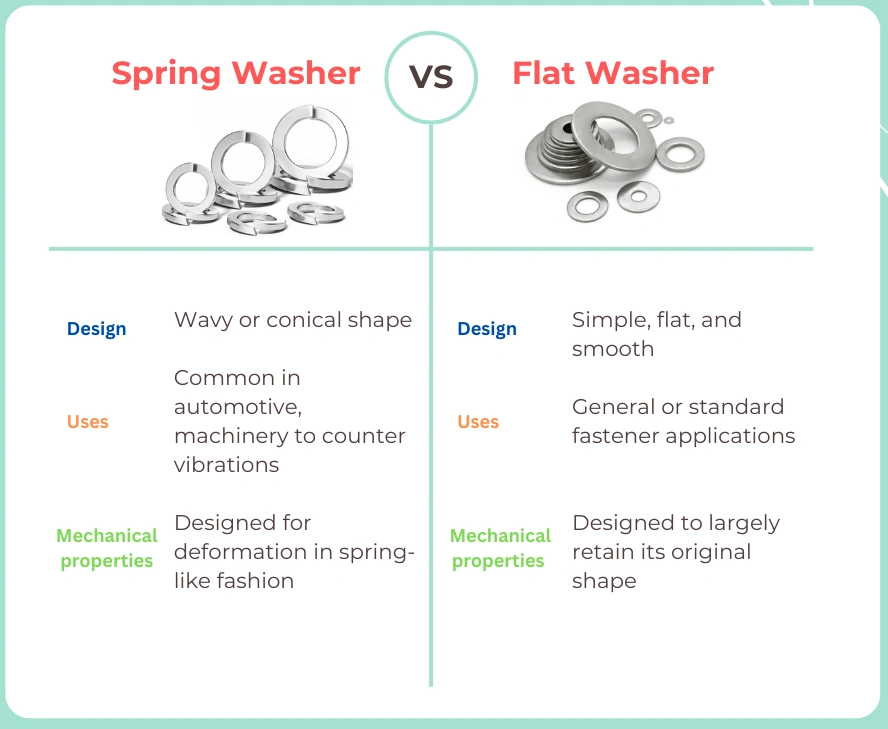
Comparison of spring washer vs flat washer
1: Functions Of The Washer
As the discussion has so far shown, spring washer and flat washer have different core functions. While the spring washer is mostly for tension maintenance, the flat washer distributes weight.
2: Design Of The Washer
Another difference between the washers is the design. The spring washer has a spring design that features wavy or conical shape. This is different from the simple, flat, and smooth flat washer.
3: Uses Of The Washer
We see another difference when we consider the diverse applications of the two categories of washers. Flat washers are common in general or standard fastener situations. Examples are woodworking and architectural fastening where the core requirement is weight distribution.
As for the spring washer, uses of the device touch on the requirement for countering the loosening effects of vibrations. Therefore, common applications are in automotive, aerospace, and machinery.
4: Mechanical Properties Of The Washer
Flat washers are not designed for in-process deformation but rather to retain their original shapes as much as possible. They distribute the load evenly across the surface of the part.
On the contrary, mechanical properties allow spring washers to deform to a certain level. They are built for incredible fatigue resistance that can reach 1 million compression cycles.
Summary Table For Spring Washer Vs Flat Washer
Below is a summary of the differences between the two washer types:
| Property | Spring Washer | Flat Washer |
| Function | Suitable for high-vibration applications in automotives, machinery, and so on | Ideal for everyday use, eg. bicycle and furniture assembly |
| Load distribution | Restricted to about 150% of the bolt diameter | Up to 300% of the bolt diameter |
| Surface protection | Lower | High |
| Design and installation |
Has a wave or helical shape to provide spring performance May need to oriented in a certain way |
Simple with a central hole, easy to install |
| Locking requirement | Usually does not requirement complementary locking device | Usually works hand-in-hand with a locking device |
| Versatility | Customized fastening | Can be used in diverse applications |
| Vibration resistance | It is capable of warding off vibrations | Can self-loosen anytime due to vibration |
| Fatigue resistance | Higher under dynamic loads | Lower |
Despite these differences, CNC machining applies for both types of washers. Our team can demonstrate proven CNC machining approaches for washer manufacturing. Discover the CNC machining process, its benefits, and applications—learn how it ensures precision and efficiency in modern manufacturing!
Best Practices For Proper Installation And Usage Of Washers
To ensure the proper function and top reliability of washers, there are several handy best practices for the user.
Here are some of the top ones;
-
Use The Right Size Of Washer
It is critical to match the washer size to the fastener size. This guarantees a correct fit that helps prevent potential issues when the component is in use.
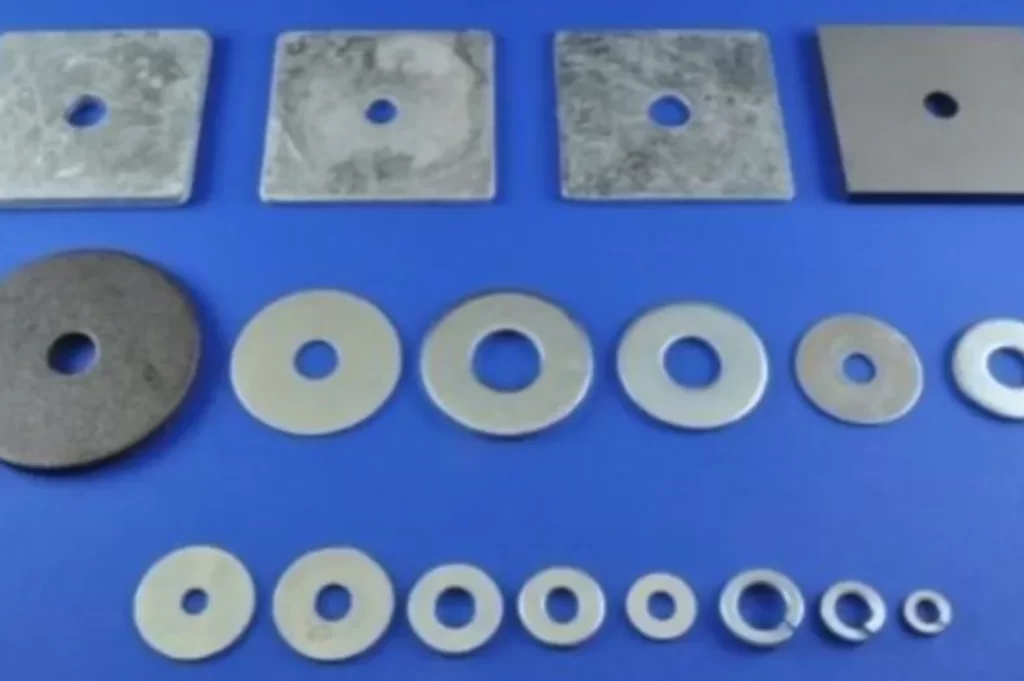
Different sizes of washers
-
Match Washer Type To Project Requirements
From the analysis of different types of washers here, every type of washer suits a particular application or project. For flat washers, load distribution is a perfect application, while spring washers thrive where vibrations are a problem. Try to stick to such fundamentals for optimum washer performance.
-
Use The Right Installation Tools
To achieve perfect connection where washers are involved, use the right tools. A torque wrench is ideal for tightening fasteners. These help in adhering to the recommended torque values.
-
Choose Compatible Washer Material
The compatibility of the washer to the environment and the fastener material is also critical. It can help avoid serious issues such as corrosion and wear.
-
Follow Industry-specific Standards
Every industry or field has the relevant guidelines for fasteners and washers. Consult the guidelines for optimized performance of flat washers, spring washers, and other varieties.
-
Regularly Inspect And Maintain Washers
Finally but not the least, inspect the washer connections regularly and maintain them as necessary. The damaged washers can be replaced with newer ones to maintain the integrity of the connection.
Conclusion
The standard CNC machined mechanical assembly is bound to use washers, whether spring washer or flat washer. If you are at the stage of choosing the washers, getting it right means enhanced assembly durability and mechanical integrity. This consideration is important for cnc machined parts and prototypes alike.
At ProleanTech, we have extensive CNC machining experience and wide product knowledge, so we know how to handle spring washer and flat washer projects. Contact us today to learn more!


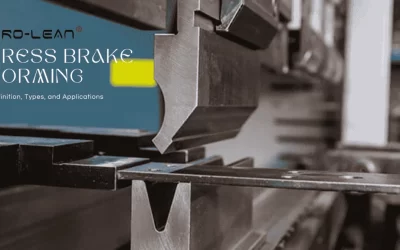
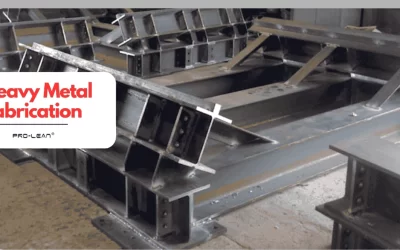
0 Comments